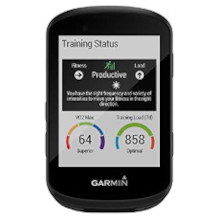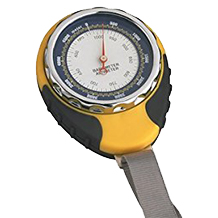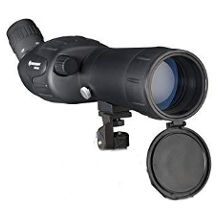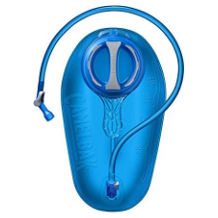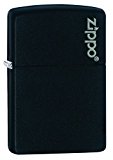Head torch purchasing advice: how to choose the right product
- What You Need to Know
- Head torches are practical for all outdoor activities as well as indoor crafts, as both hands remain free.
- When choosing a head torch, you should pay attention to the luminosity, the duration of the light and the shape of the light cone.
- The head torch can either be attached to the head with a strap or attached to a helmet with a special holder.
- Especially the light modes and the vertical adjustability make the use variable. An SOS mode is relevant in an emergency.
- A separate battery compartment and a high IP rating are recommended for lower temperatures.
Lights on, hands free
Popular outdoor activities, such as mountaineering, mountain bike tours, skiing or camping, are not only an adventure during the day. The night is just as multifaceted, which is why some outdoor enthusiasts only explore the world once the sun has disappeared on the horizon. But to continue finding your way, you need a suitable light source that does not restrict your actions. The solution is a head torch. With a flick of the wrist, the practical lamp is attached to the head and illuminates the wearer’s entire field of vision for up to several hundred metres.
When hiking, jogging or on mountain trails, it is very helpful if you know where to put your foot next. Especially if you are unsuspectingly surprised by the darkness. Cyclists and skiers benefit from the range of the light cone, as they reach particularly high speeds here and have to react to possible obstacles at any moment. When camping or bivouacking, they are also mobile at night and can pitch the tent, study a map or devote themselves to a good book in the light of the stars.
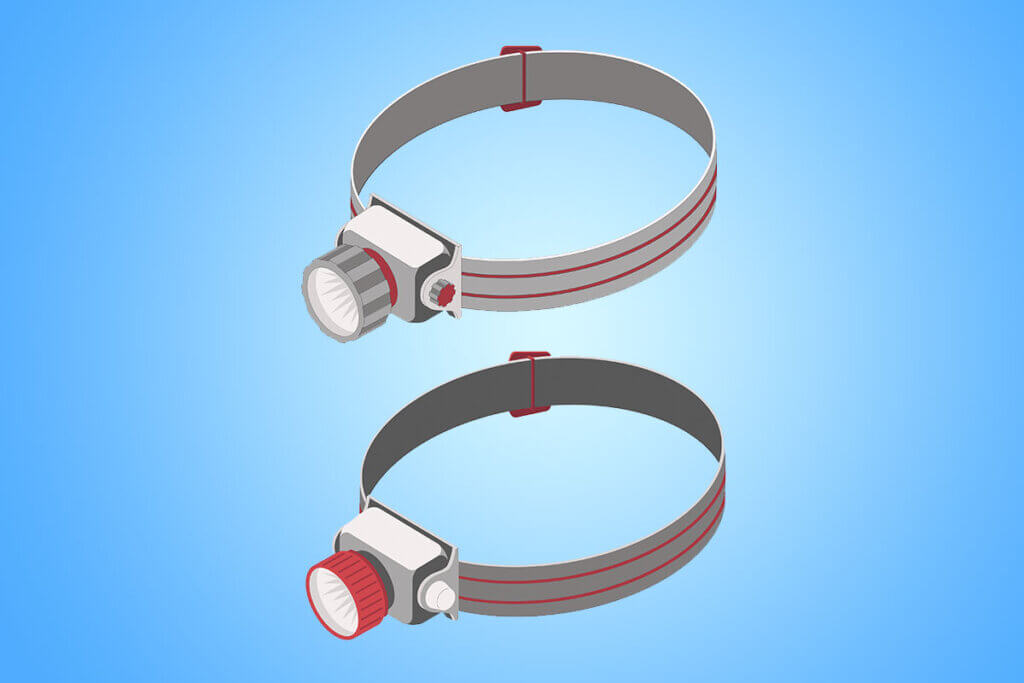
But it’s not only outdoor enthusiasts who get their money’s worth with a head torch. The light source can also be practical indoors. For example, it can be used in the workshop to illuminate an engine or to carry out other repairs in places that are difficult to see. Head torches are indispensable for speleologists. They can use them to explore natural vaults while keeping their hands free to hold on to a guide rope or take samples.
In situations where a torch is distracting, a head torch provides optimal illumination of the field of vision. The light cone always follows your movements. Fastened to your head with a rubber band or strap, the headlamp never loses its grip, even in extreme situations.
The advantages of a head torch:
- Illumination of the field of vision
- Hands remain free
- Versatile use thanks to different modes
- Suitable for various activities
- Long burn time
- Easy to use and handle
Petzl – the first of its kind
The first modern head torch was launched by the French company Petzl in the 1980s. Founded by Fernand Petzl in 1975, the company specialised in the production of mountain sports equipment as well as equipment for high-altitude rescue and the head torches that have always been popular.
What should be considered when buying a head torch?
Depending on the intended use, the various head torches differ in terms of luminosity, light cone and light range and duration. The power supply, weight and attachment to the head also play an important role. Various extra setting options and good IP protection make your head torch an outdoor all-rounder. If you are looking for a versatile lamp for diverse situations, look for a good compromise of power, weight and light modes.
In the past, manufacturers mainly used halogen bulbs in their head torches. Nowadays, most companies turn instead to LEDs, which consume less power, are lighter and shine longer. In some top models, a combination of LEDs and a halogen bulb can be found; this provides a more precise and brighter beam in certain situations.
How is the luminosity of a head torch measured?
The luminosity of a head torch is measured in lumens; this value expresses the brightness of the installed lamp. The more lumens the model has, the stronger the luminosity. For morning and evening walks with the dog and reading in the dark, 80 to 90 lumens are perfectly adequate. Joggers and hikers who like to take advantage of the quiet at night should go for a model with 150 to 300 lumens to illuminate the path in front of them. Athletes who go cycling, skiing or mountaineering at night need a model with 600 to 800 lumens. For various sports where you should not lose track of time, there are high-quality head torches that have up to 2,000 lumens. Such models can usually be adjusted down to 100 lumens or less so that they remain universally usable. Very bright lamps are particularly energy-efficient so that the battery lasts for some time.
Luminous range

The luminous range of a head torch describes the furthest distance that the torch can illuminate. The higher the lumen value, the greater the range. 80 lumens correspond approximately to a distance of 30 to 40 metres. With a 300-lumen head torch, you can already see up to 100 metres. For activities where you have to react particularly quickly to obstacles, 800 to 900 lumens are recommended, as this value provides a visual range of up to 300 metres.
Light cone

The size of the light cone is crucial for the area you see illuminated in front of you. With most models, the cone is individually adjustable in order to be prepared for different conditions. In addition, you can adjust the angle of the cone to prevent blinding other people or animals, for example. In addition to a very focused LED lamp, some lamps have one or two rather dim LED lamps, which are particularly practical for reading or pitching tents.
Light duration

The burn time of a head torch depends primarily on the performance of the rechargeable battery or batteries. In addition, the selected luminosity is decisive for the service life. If a head torch can be dimmed, it will shine longer. Many models provide over 100 hours of light at minimum brightness, some even between 150 and 200 hours. At maximum brightness level, the burn time drops to around 10 hours, but this is still a considerable amount of power.
Weight

Since head torches are worn on the head, the weight of the model should not be too high. Compact lamps weigh only 25 grams, while high-end products can weigh up to 200 grams. With such heavy head torches, the battery is usually separate so you don’t have to carry the entire weight on your head. In addition, these lamps are intended for extreme use, where the battery is more protected directly on the body. For all-round convenience, a head torch weighing less than 100 grams is recommended.
No power, no light: The power supply
Head torches are powered either by conventional disposable batteries or a rechargeable battery. The compartment is often located directly in the housing; in some cases, however, it is attached separately so that you can carry the battery on your body to protect the power source from the weather and reduce the weight on your head. Such external battery packs can be conveniently stored in your backpack; a cable connects the power sources to the lamp on your head. The compartment should have a clearly visible plus-minus marking so that you can insert the battery correctly even in the dark and do not need another light source. The batteries are either AA or AAA size.
Some head torches, on the other hand, have rechargeable batteries that are more convenient to use because you do not have to replace the battery regularly.The rechargeable batteries installed in higher-priced head torches are either nickel-metal hydride or lithium-ion batteries. Light weight and functionality even at low temperatures are requirements that a good head torch battery must meet. Lamps with rechargeable batteries can usually be charged via a USB interface. However, it is practical if you can also operate the battery-powered head torch with batteries; this way you can quickly provide a new power source in an emergency. The charging time is between 4 and 20 hours, depending on the model.
You are most independent if you buy a head torch with a crank. With these models, the battery is permanently installed and can be recharged at any time with a crank. You don’t have to take spare batteries with you and are never without light.
It’s all in the head: the attachment
Most head torches are attached to the head with an elastic strap. This adapts to the shape of your head, even if you wear a cap. Some models have a third strap that runs across the top of your skull. This extra strap provides more stability and greater wearing comfort. In addition, this three-point headband relieves the strain on your head because the weight is better distributed. Head torches with straps that roll up when not worn are particularly space-saving.
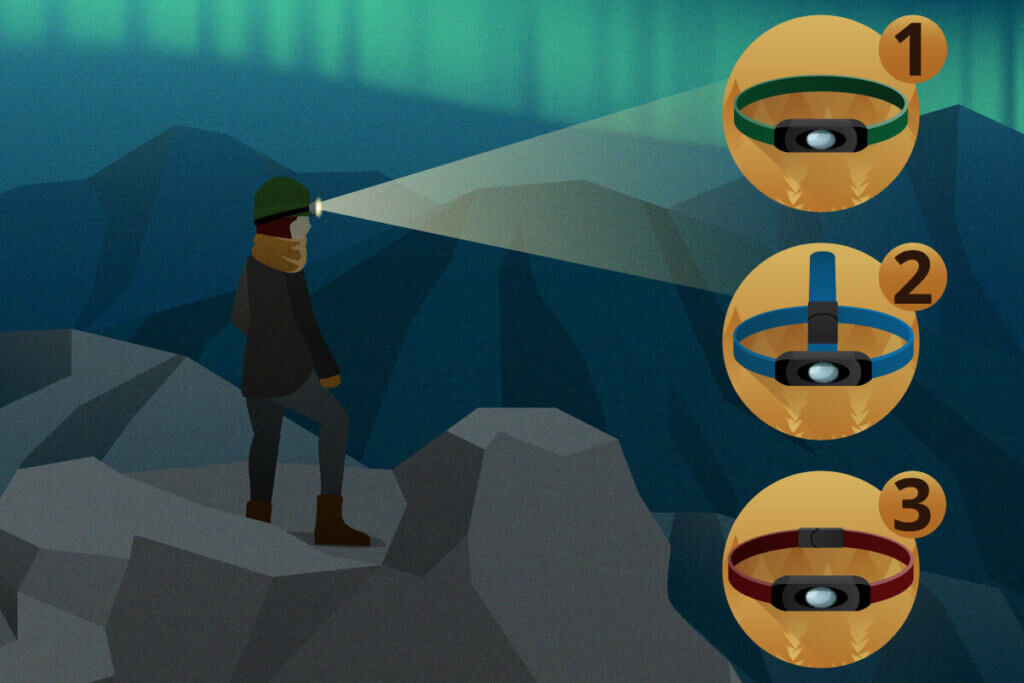
Make sure the band is wide enough for your head and possibly padded. Bands that are too narrow or tight can be uncomfortable in the long run and leave pressure marks. The band should still fit snugly so that it does not slip, even if you are wearing a cap. Some manufacturers make head torches without a flexible elastic band, which are either adjustable with a tensioning device or produced according to one-size-fits-all. Take the size specifications into account here.
Tight, tighter, IP: The protection rating
IP stands for “International Protection” and is an internationally valid code that indicates the suitability of electrical equipment for different conditions. The IP protection value consists of two digits: The first provides information about the protection against foreign bodies and external influences and the second digit describes the protection against water. In the case of head torches, usually only the second value can be found, as high-quality head torches should at least be waterproof.
| IP code number | Protects against |
| 1 | Dripping water |
| 2 | Dripping water when the unit is tilted 15 degrees |
| 3 | Water spray when the headlamp is tilted 60 degrees |
| 4 | Water spray from all sides |
| 5 | Water jets |
| 6 | Strong water jets |
| 7 | Temporary immersion |
| 8 | Permanent immersion |
| 9 | High pressure and steam jet cleaning |
Not all head torches are waterproof; and not all activities require this feature. If you need the lamp for jogging or reading, a low rating is perfectly adequate. For skiers and spelunkers, however, a waterproof head torch is especially important.
Type or class?
The protection type, which is defined by the IP code, should not be confused with the protection class. In electrical engineering, the latter divides electrical equipment into categories depending on the safety measures in place. This reference is intended to prevent electric shocks, especially when using objects that are not live but are conductive.
Functions and extras
Special functions and various setting options often not only simplify the handling of a head torch, but can also be extremely practical in emergency situations.
Light modes
Most head torches have different light modes. You can individually adjust the strength, diffusion and in some cases even the colour. The most useful mode is one that allows you to dim the light. This allows you to react to certain situations and save the battery. A flashing mode increases the visibility of a head torch to outsiders in an emergency. With an adjustable lens, you can also focus the light beam or spread it over a wide area.
Sensors
Sensors simplify the handling of the lamps. Photosensitive sensors adjust the brightness of the lamp to the distance of the illuminated surface. Some sensors adjust either the light according to the lighting conditions or the battery level. This way you are not unexpectedly left in the dark, but can change the battery when the lamp dims the light. Some models react to movements: For example, you control the brightness by moving your hand over the sensor.
Swivel
The lamp of most models can be swivelled vertically either in steps or continuously via a joint. This allows you to direct the light cone individually; whether you want to illuminate an area far away or directly in front of you. For horizontal alignment of the head torch, you have to turn your head.
Helmet compatibility
High-quality models come with a mount for climbing helmets. Mountaineers and extreme athletes in particular should make sure that the head torch can be attached to a suitable helmet.
Battery indicator
Some models have a display that informs you about the current charge level of the battery. Different colours indicate the charge level of the battery or batteries. Accordingly, you can select the luminosity to have light for as long as possible.
Red light
In addition to conventional white light, some head torches have a red light function. Red light is less dazzling; your eyes do not have to get used to the darkness again permanently. This is especially useful when walking at night or observing animals. Red light is also good for reading.
SOS mode
In this mode, the head torch lights up in short, very bright intervals. This function is especially advisable for climbers and mountaineers. Thanks to an additional phosphorescent reflector on the lamp, searchers can find them quickly. Some models also have an integrated signal whistle.
Operation
Head torches are switched on and off with a switch. The placement of the switch is quite relevant, as the device should not switch off accidentally in extreme outdoor situations. It is therefore practical if the switch is concealed or can be locked. If it has a noticeable pressure point and is large enough, you can feel it even with gloves or cold hands.
Some models can be controlled with simple tap technology: you can adjust the brightness with a simple tap of your finger. Still other models can be operated via an app; in this way, you can set the lamp to various pre-programmed activities. Plug-in or combination lamps are practical if you want to use the lamp as more than just a head torch: The lamp module can be removed and operated like a conventional torch.
The headlamp
Head torches are mainly used for recreational purposes. However, there are also similar lamps for professional areas. These are called headlamps; they are used in mining, by the fire brigade or the technical relief organisation. They are particularly powerful and usually combined with a helmet. However, the terms are often used as synonyms.
Model types
Head torches differ from one another depending on the model type. The main differences are size and functions.
Small and compact head torches
Small models are particularly practical, handy and have several brightness levels. In combination with other light sources, such as a torch, you have the best possible view of your surroundings. Depending on the price range, small head torches have a correspondingly wide range of functions. Inexpensive models priced between 15 and 35 euros are suitable for hut tours, hikes or as emergency lamps in the car. Head torches with a wider range of functions cost between 35 and 70 euros and are suitable for mountaineering activities such as summit ascents at dusk.
Multifunction and high-power headlamps
These lamps are extremely powerful and are suitable for many different uses. They offer very good luminosity and various operating modes. In addition, the models are waterproof and have special functions such as a battery charge indicator. Simple multifunctional devices are available for 70 to 150 euros. These can be used for night-time mountain activities. The somewhat chunkier but most powerful models cost over 200 euros and can also be used for extreme sports at high speeds.
Head torches in use
When buying a head torch, outdoor sports enthusiasts look at their sport. Each type of sport has different requirements for a lamp. But do-it-yourselfers are also well advised to buy a head torch.
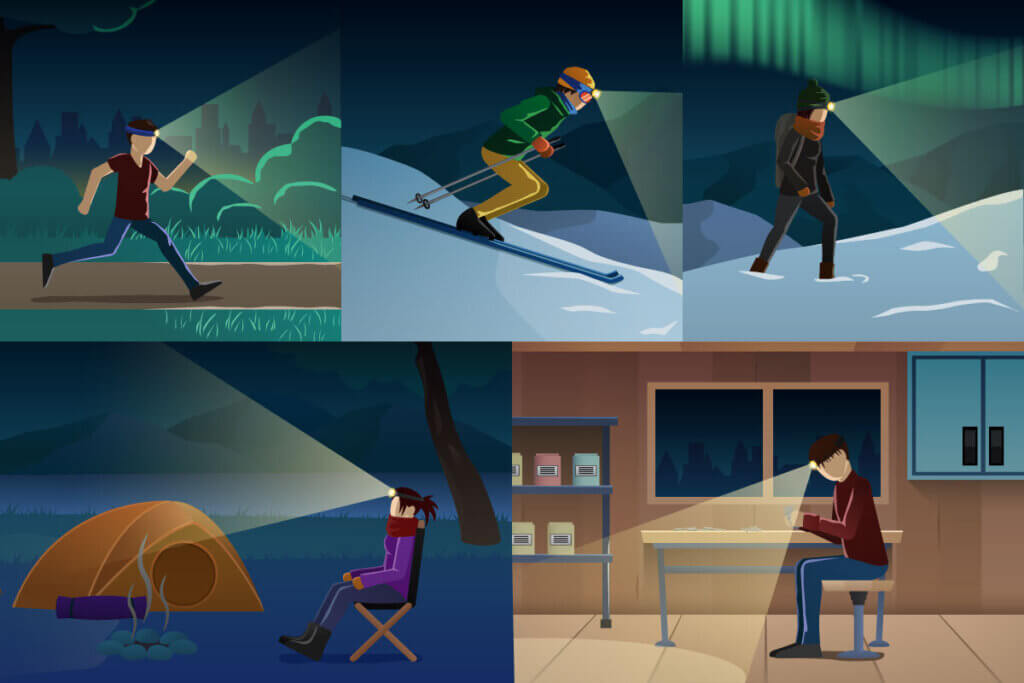
Trail running, jogging and hiking
For activities where you are running or walking, the head torch should fit as comfortably as possible. If the headlamp pinches or slips while running, this can be particularly uncomfortable. A central strap offers more support and comfort here. You can even attach some models to your torso with a chest strap; this is particularly practical when walking or running in a group so as not to blind other group members. To reduce the weight on your head, buy a head torch with a separate battery or rechargeable battery compartment that you wear on your body.
If you go through different light conditions on your jog, you should choose a head torch that has at least 100 lumens. With this, you can see up to 80 metres away and the models can be adjusted to suit the situation thanks to different brightness levels. For nighttime walks in the countryside, a lamp with up to 300 lumens is recommended so that you can recognise sticks and stones in good time. In the city, a head torch with a built-in rear light is practical to make other road users aware of you. In addition, the lamp should be waterproof and easy to handle.
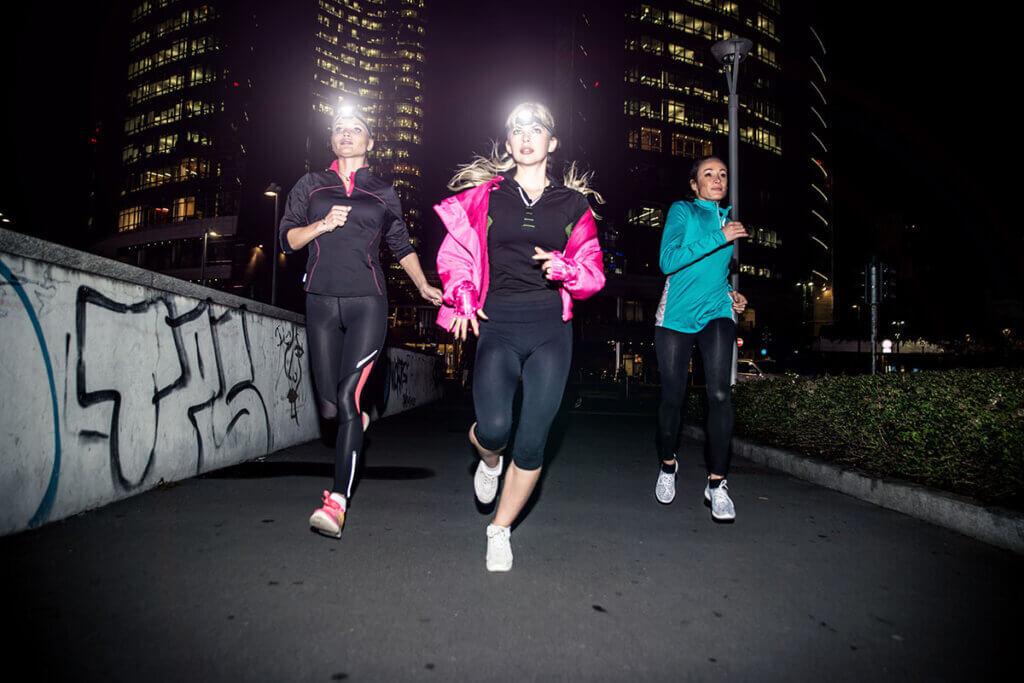
Cycling and skiing
Athletes who travel at high speeds at night and have to watch out for obstacles should use high-performance headlamps that have powerful LEDs and rechargeable batteries. A range of 200 to 400 metres is recommended so that you can react to the environment in good time with your sports equipment. Between 900 and 1,900 lumens are recommended. At minimum brightness, these head torches can be used for up to 150 hours, at maximum brightness for up to 10 hours. With a weight of 100 to 350 grams, such models are somewhat heavier, but they can be easily attached to the helmet with a special holder. To be able to illuminate the path directly in front of you, the light should be narrowly focusable.
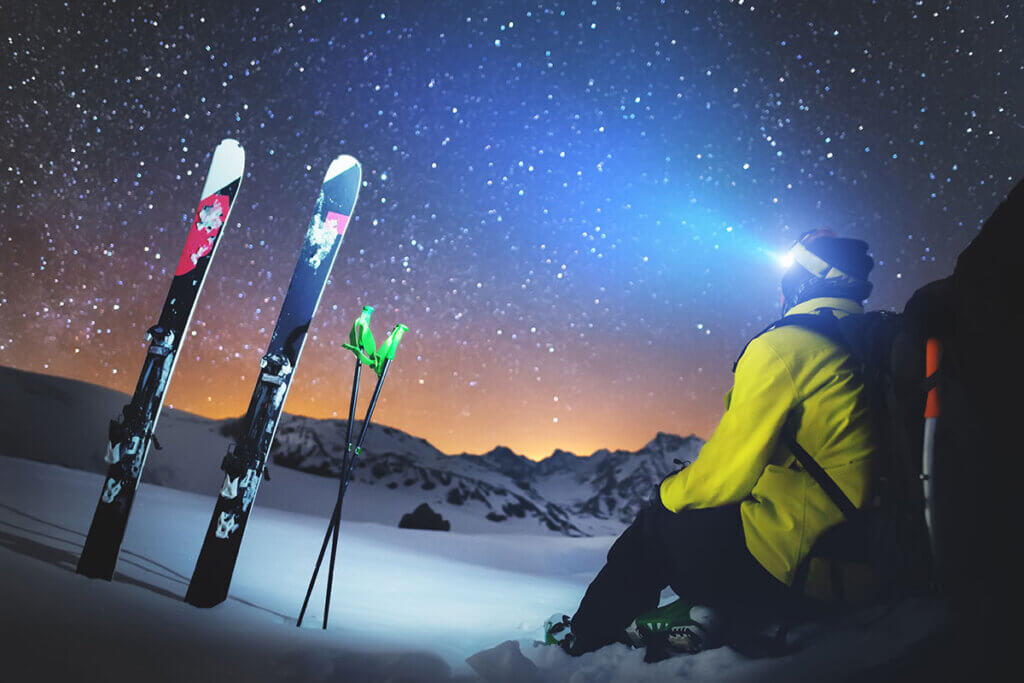
Cyclists should only use a head torch when they are off-road, i.e. on a mountain bike or freeride tour. Do not use a head torch in road traffic, as it is a potential hazard to other road users. Furthermore, head torches are not an adequate substitute for functioning bicycle lighting and are not considered as such.
High altitude touring and mountaineering
Head torches that you use when climbing and mountaineering should be particularly bright and powerful. Here, short and medium distance is particularly important; some lamps automatically adjust the light beam to the surroundings. A combination of diffused and main beam light is best for climbing. If the lamp can be swivelled 60 to 90 degrees vertically, you can illuminate slopes and mountain faces.

In case of emergency, the lamp should have a flashing function or an SOS mode. It makes sense to be able to control the headlamp by hand gesture when climbing, as you don’t have to search for switches or buttons while hanging on the mountain wall. For this reason, the switch should also be secured or concealed so that you do not operate it by mistake. For athletes who want to go high up, a separate battery or rechargeable battery compartment is recommended so that the power source can be safely stowed away and protected from the cold.
Camping and tenting
When camping, a head torch is particularly useful when you are moving around the camp at night: finding the pitch, pitching the tent, reading in your sleeping bag or taking out the rubbish. A lamp with a red light is recommended here, as the light dazzles the eyes less and thus has no effect on night vision. This means you can use the lamp only occasionally without having to get used to the darkness again every time. In addition, you will not disturb your fellow campers with a red light. For occasional use, there are various light modes that you can save. This way you don’t have to constantly change the settings you want.
A wide cone of light is suitable for keeping an overview of the camp, while a narrow cone is practical for reading. For camping trips, the head torch should be as small and light as possible so that it can be easily stowed in a rucksack or trouser pocket. A phosphorescent band is particularly useful so that you can find the lamp quickly in the camp clutter. An SOS mode is also an advisable addition to a camping head torch.
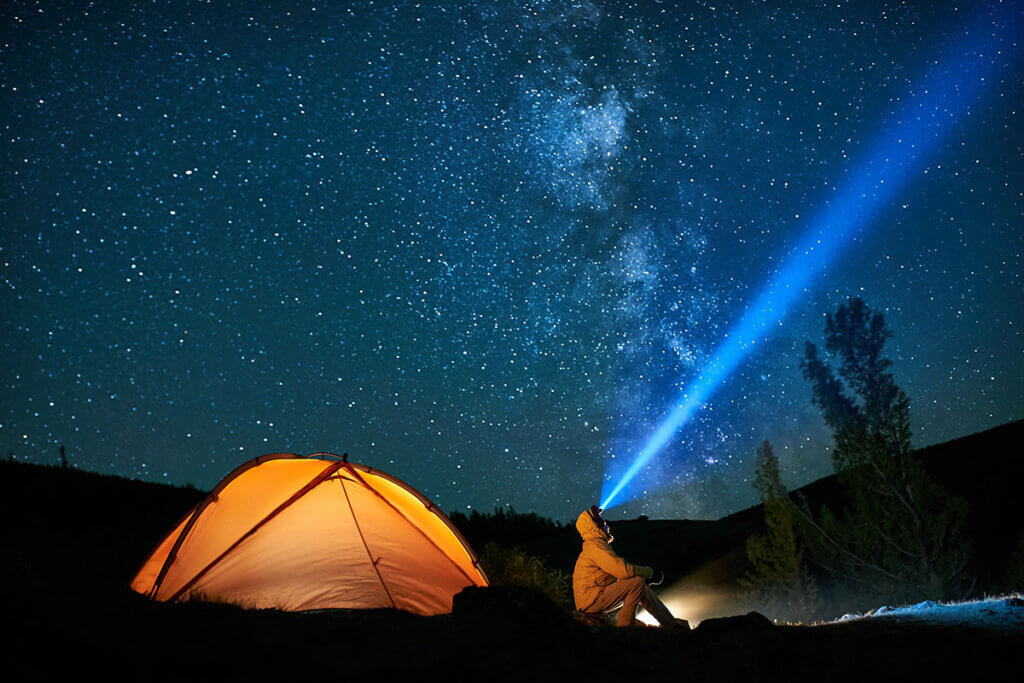
Workshop and crafts
Head torches for do-it-yourselfers and mechanics should be particularly small and handy so that they do not feel like a burden on the head. Moreover, mechanics and craftsmen work with additional light sources, so the head torch only contributes to the whole. For work, the lamp should be very robust in case it slips off your head and falls on a hard concrete floor. It can also be attached to the wall with a magnet or hook.
In the workshop, you are most likely to make use of punctual light, which is why the light cone should be designed primarily for close range. With various adjustable angles, you can look into every corner of the object to be repaired. A powerful rechargeable battery allows you to work for hours. Last but not least, a good and long warranty period is advisable in case the head torch gets damaged in the heat of the craft.
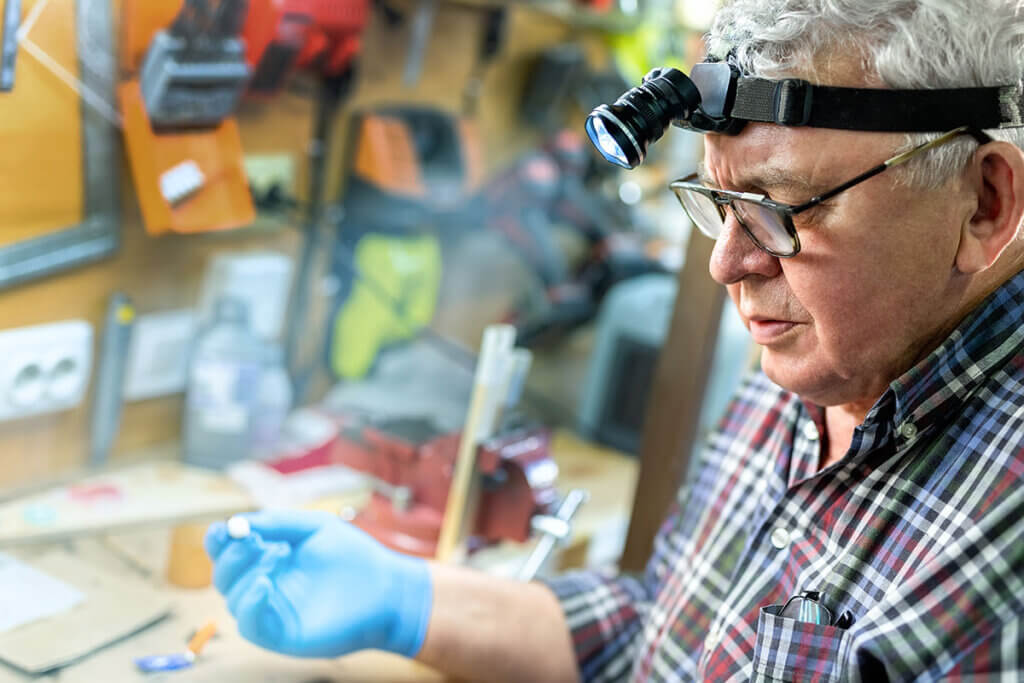
How do I care for a head torch?
Head torches do not require much care. You can wipe off minor dirt with a damp cloth. Sweat residue can also be removed with lukewarm water; some bands are even machine-washable. Avoid strong, direct sunlight while drying to ensure the elasticity of the tape. Remove the battery if you are not going to use the head torch for a long time and want to store it.

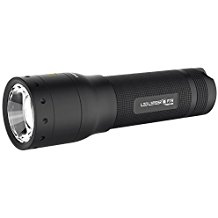
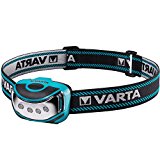
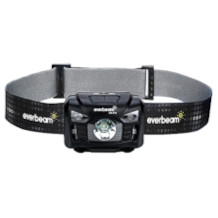
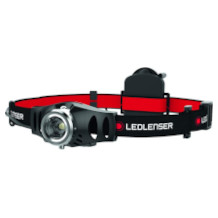
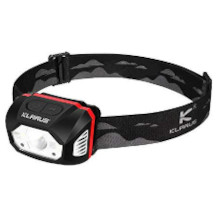
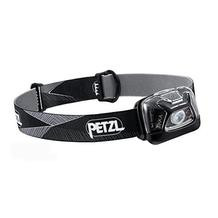
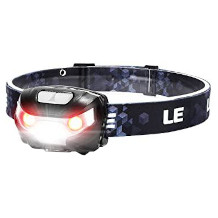
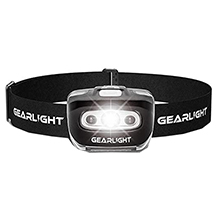

 16,589 reviews
16,589 reviews

